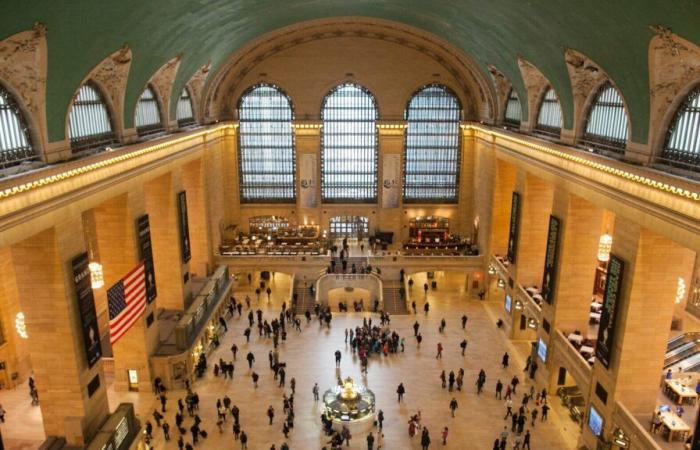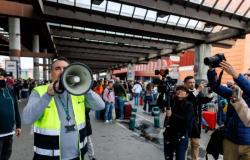You have seen it a thousand times in films and series, and is part of the collective imaginary about New York City. The Grand Central Terminal station has A key element patented by a Valencian architectand it is not Calatrava. Its responsible: Rafael Guastavino.
Rafael Guastavino emigrated from Valencia to the United States at the end of the 19th century and his family history leaves no one indifferent. But what undoubtedly marked his legacy was his architectural work across the puddle.
His are some design solutions that you have seen hundreds of times without realizing in Hollywood films, but above all, Guastavino stood out for revolutionizing the way of building buildings, A work that earned him the nickname of Architect of New York.
The revolutionary Valencian architect who revolutionized New York City
Rafael Guastavino, born in Valencia in 1842, emigrated with his family to the United States in 1881 fleeing from Spain, where he was sought by fraud. Months later, His wife returned to Valencia and Guastavino stayed alone with his son in New York.
There he prospered as an architect in a city that was periodically affected by colossal fires, product of construction techniques and materials that needed a renewal.
Guastavino, through his company Guastavino Fireproof Construction Companypatented the vault touched with flat brick inspired by traditional Valencian architecture.
Why was Rafael Guastavino so important in the United States?
Precisely, it was the towed vault that gave it so much fame, since it allowed to build large diaphanous domes without metal structures and much more fire -resistant.
In the United States, this construction technique such as the Guastavino System and quickly spread among the main American architects.
Under the direction of Guastavino’s son, Rafael Guastavino Roig, it was when the company reached its maximum splendor. Guastavino’s legacy is still present in all types of public buildings, churches and capitol.
-Some examples are the dome of The Church of San Juan the Divine in New York or the Great Hall of Ellis Island. But, without a doubt, the most recognizable building of the work of Rafael Guastavino is the Grand Central Terminal Station of New York.
Unfortunately, Guastavino was not a prophet in his land, since he had to wait for many years to receive the recognition of the Valencians. Luckily, in 2022 a statue was inaugurated in his honor in the Plaza de la Reina.
The great New York legacy of the Valencian architect Rafael Guastavino
The most emblematic building in which the Guastavino company left its mark is New York Grand Central Station. Inaugurated in 1913, it is still a symbol of New York architecture precisely by that maze of vaults designed by the Valencian architect.
The domes of this monument are not only spectacular from artistic appreciation, but also constitute an acoustic feat.
One of the attractions of the building is Whispering Gallerya space of the station where visitors can Silling messages from opposite corners thanks to the shape and materials of the vaults.
If you have not been in New York, surely you have seen the Grand Central Terminal in films or series. The station serves as a stage in films as mythical as With death in the heels, The French Connection, Armageddon or even in animation tapes such as Madagascar.
The station has a place in the heart of the inhabitants of Manhattan to such an extent that, when in 1968 the authorities raised demolish to build new buildings, society opposed mass.
For example, Jacqueline Kennedy, former First Lady of the United States, led a group of personalities that successfully opposed demolition. The culprit of all that love to the monument? A Valencian.






